
The shock result of the US presidential election provides yet another example of the kind of sudden and sharp changes that are implicit in the situation. Up to the very last minute, the media pundits were straining every nerve and muscle to prove that the polls were heading for a Harris victory, albeit with a narrow margin.
But they were wrong.
In the early morning of 6 November 2024, when Donald Trump approached the threshold of 270 electoral-college votes to become America’s president-elect, that illusion was shattered. Once again, millions of Americans turned out to vote for Trump.
This was not supposed to happen. The ruling class of America – firmly supported by the governments of Europe – were determined to keep him out of office, by fair means or foul. After Trump was ousted in the 2020 election, everything was done to prevent him from standing again.
They tried to keep him off the ballot in different states. He was convicted on 34 criminal charges, with more than 50 pending. He was ordered to pay hundreds of millions of dollars in civil cases regarding business fraud and a defamation suit arising from a rape allegation.
But every criminal charge thrown against him only served to increase his support. The allegations simply bounced off him. With every court case, his support in the polls went up.
All the numerous attacks against him rebounded and turned against those who were seen – correctly – as being involved in a conspiracy to prevent him from re-entering the White House.
All the cards were stacked against him. The media was virtually united in opposing Trump. The following is a list of the number of major newspapers and journals and their position in relation to the two candidates:
199 Kamala Harris
16 Trump
28 No endorsement
1 Others
Total 244
We see from this that practically all the mass media were against him. The ruling elite comforted itself with the idea that ‘he will never do it’. A ‘convicted felon’, they argued, could never win the presidency. But he did.
This explains the profound shock that this election result caused for the American ruling class.
Perplexity
Trotsky once stated that theory is the superiority of foresight over astonishment. This remark came to my mind this morning, when I read an interesting comment of one BBC reporter:
“One Democrat political operative in DC texts to say the party ‘needs to flush out elitist snobs in DC for a start’.
“Others have told me the same, albeit less bluntly – that while they praise the efforts of the campaign, they feel the party as a whole has an ‘image problem’ at a time when basic, everyday things like the cost of living are front of mind for most voters.
“This Democrat despair brings to mind a conversation I had with a Republican at one Trump rally who said their candidate had completely ‘reimagined’ the Republican party from its country club voter stereotype to appealing to working class families, while the Democrats had become the ‘party of Hollywood’.
“These are big generalisations, but ones Republicans publicly, and some Democrats privately, now share.”
Lacking an elementary knowledge of dialectics, the strategists of Capital are always looking at the surface of society, completely unaware of the fury that is gathering strength beneath their feet.
They failed to understand the underlying causes of the so-called Trump movement. Apparently, it is all a question of ‘image’. But the problem is that the image of the Democratic party closely reflects the underlying reality.
A gaping abysm now exists between the Washington elite and the mass of the people: this was a kind of ‘Peasants Revolt’ – a plebeian insurgency and a crushing vote of no confidence in the existing order.
A contradictory movement
I have frequently heard it said by people on the left that Trump and Harris are ‘both the same’. This is both true and false. It is self-evident that Donald Trump is a billionaire who therefore stands for the interests of the rich and powerful.

However, to state that Harris and Trump are both reactionary bourgeois politicians and that there is very little if anything to choose between them is frankly to state the obvious. This initial definition does not exhaust the question that inevitably arises: how does one explain the enthusiastic support that Trump has succeeded in obtaining among millions of American workers?
It is a strange paradox that a billionaire like Trump could pose successfully as the champion of the interests of the working class. He is, of course, a faithful representative of his class – the 1 percent of super-rich Americans who own and control the nation.
For a long time, the Democrats were able to pose as the political representatives of the working class. But decades of bitter experience has convinced millions of workers that this is a lie.
They are looking for a radical alternative. This might’ve been provided by Sanders, if he had decided to break with the Democrats and stand as an independent. But he capitulated to the establishment of the Democratic party, and that disillusioned his base.
This left the road open for a right-wing demagogue like Trump, who seized the opportunity with both hands. It is not generally known, but in 2015, Trump privately told Yale business school Professor Jeffrey Sonnenfeld that he purposefully copied the anti-corporate messaging that Bernie Sanders’ campaign had shown was effective.
In the absence of a viable left-wing candidate, millions of people who felt alienated and politically dispossessed took advantage of the opportunity to deliver a well-aimed kick against the establishment.
The truth is that the working class of America feels betrayed by the Democrats and totally alienated from the existing political parties. For them, Trump appeared to offer an alternative. And they rallied to his support.
As early as November 2016, an interview in the Evening Standard pointed out that:
“Working class Americans are coming out in record numbers. This is a working class revolution. Nobody saw it coming, the elites in the media eating their cheese and drinking their champagne never talk to real voters. Working class Americans have been sold down the river by the establishment, by the Wall Street slavery class and Donald Trump is their advocate.”
It is a fact that until Trump took up the question, the working class was rarely if ever mentioned in American politics. Even the most ‘left-wing’ Democrats only referred to the middle class. The working class was entirely disregarded. It never even entered their field of vision. Yet the working class exists, and it is now making itself known.
At the time of the great French Revolution of the 18th century, the Abbé Sieyès wrote a celebrated tract entitled, What is the Third Estate? in which we read the following:
“What is the Third Estate? Everything. What has it been hitherto in the political order? Nothing. What does it desire to be? To become something.”
These famous lines could well be taken as a description of the working class in the USA today. And, whatever you think of him, it must be admitted that, for his own reasons, Donald Trump has played a most important role in placing the working class at the very centre of US politics for the first time in decades.
Abyss between the classes
This fact is not an accident. It is a reflection of a self-evident social reality. The gulf separating the haves, and have-nots, has stretched into an unbridgeable abyss. And this is deepening the social and political polarisation. It is creating an explosive mood of anger in society.
Everywhere you look, in all countries, there’s a burning hatred of the rich and powerful: the bankers, Wall Street, and the establishment in general. This hatred was cleverly exploited by Donald Trump. And this has appalled the serious representatives of capital.
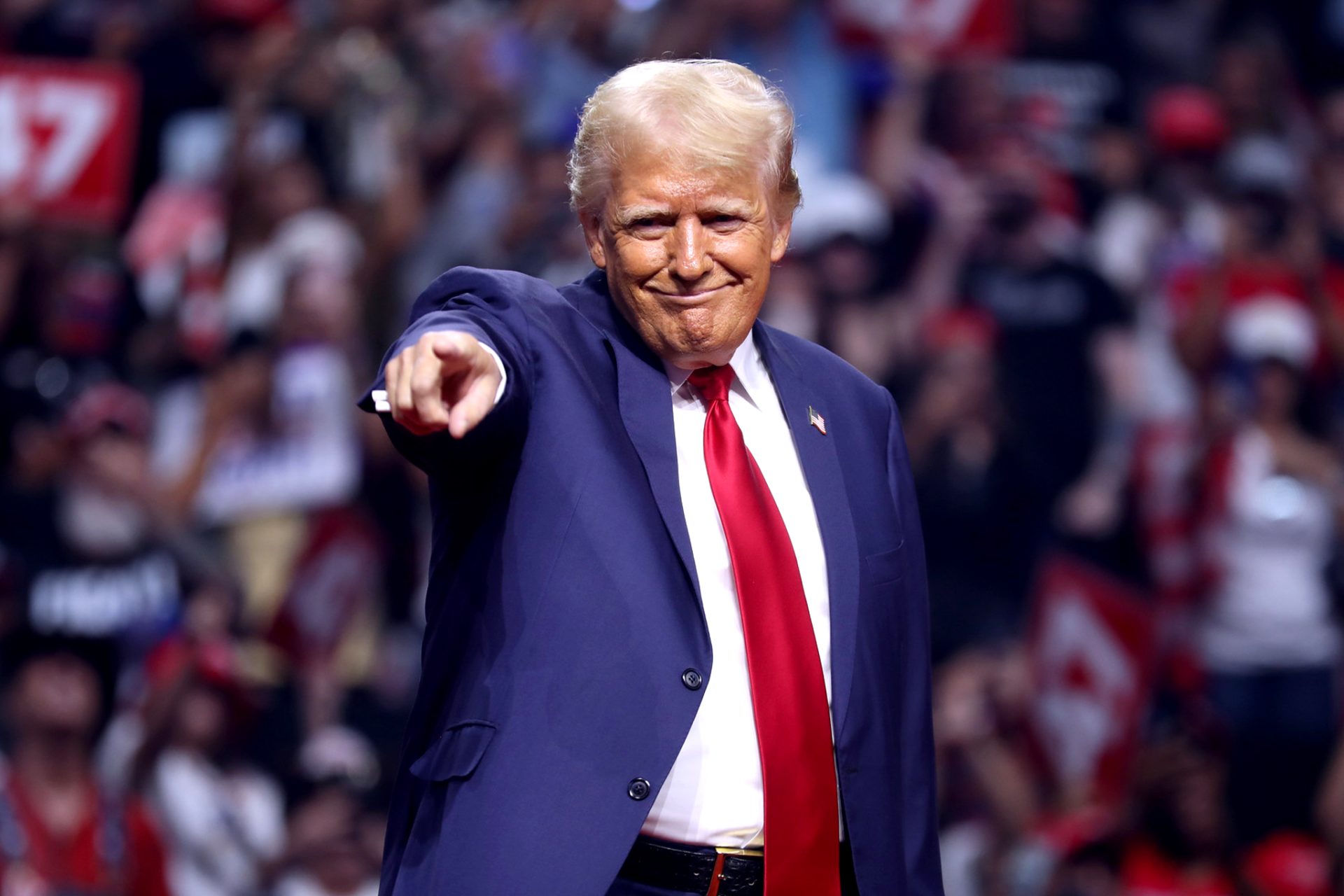
They rightly saw Donald Trump as a threat because he was deliberately dynamiting the basis of consensus, of all the centre-ground politics they’d been painstakingly building up for decades.
The US stock market is booming, the dollar is riding high in currency markets, the US economy is rolling along at about 2.5 percent real GDP growth, unemployment is no higher than 4.1 percent. And yet, reports from election canvassers clearly show that most people do not feel any better off – quite the contrary, in fact:
“The canvassers at Make the Road Pennsylvania told me that many people they met expressed doubt that voting could improve their lives. One canvasser said that she was frequently told, of politicians, “They just want my vote, and then they forget about us.” Manuel Guzman, a state representative whose district includes neighborhoods in Reading lined with modest row houses and populated mainly by Latino immigrants, told me that he was familiar with this kind of voter skepticism. Guzman, who is half Dominican and half Puerto Rican, was confident that Democrats would carry Reading in November. But he was worried that the margin of victory would be disappointing, given the disconnect between what preoccupied Democrats in Washington, D.C., and what he was hearing from his constituents—many of whom needed multiple jobs to escape poverty, which afflicts a third of Reading residents. “We’ve become so focussed as a national party on saving democracy,” he said. “I’m gonna be honest with you—I’ve not heard one person in the city of Reading talk to me about democracy! What they’re telling me is ‘Manny, why is gas so high?’ ‘Why is my rent so high?’ No one is speaking enough to these issues.”
Americans are well aware of costs that the official indices and mainstream economists ignore. Mortgage rates have reached their highest level in 20 years and home prices have risen to record levels. Motor and health insurance premiums have rocketed.
Almost 40 percent of Americans in a survey by Harris Poll for Bloomberg News in December said their household recently relied on additional income to make ends meet. Of those, 38 percent said the extra money barely covered their monthly expenses with nothing left over, and 23 per cent said it wasn’t enough to pay their bills.
Indeed, inequality of incomes and wealth in the US, among the highest in the world, is only getting worse. The top 1 percent of Americans take 21 percent of all personal incomes, more than double the share of the bottom 50 percent! And the top 1 percent of Americans own 35 percent of all personal wealth, while 10 percent of Americans own 71 percent; yet the bottom 50 percent own just 1 percent!
Extreme levels of inequality, a growing gulf between rich and poor, and a growing sense of alienation of the politicians in Washington from the problems of ordinary people lie at the heart of the present situation. Here we find the real explanation for the popularity of Donald Trump and the result of the present election.
Collapse of the centre
This phenomenon is not confined to the USA. What we see everywhere is the collapse of the political centre. But this is the glue that holds society together.
This is a graphic expression of a growing tension between the classes – split between left and right – which is deepening all the time.
In a paradoxical way, the phenomenon of the Trump movement is a reflection of this fact.
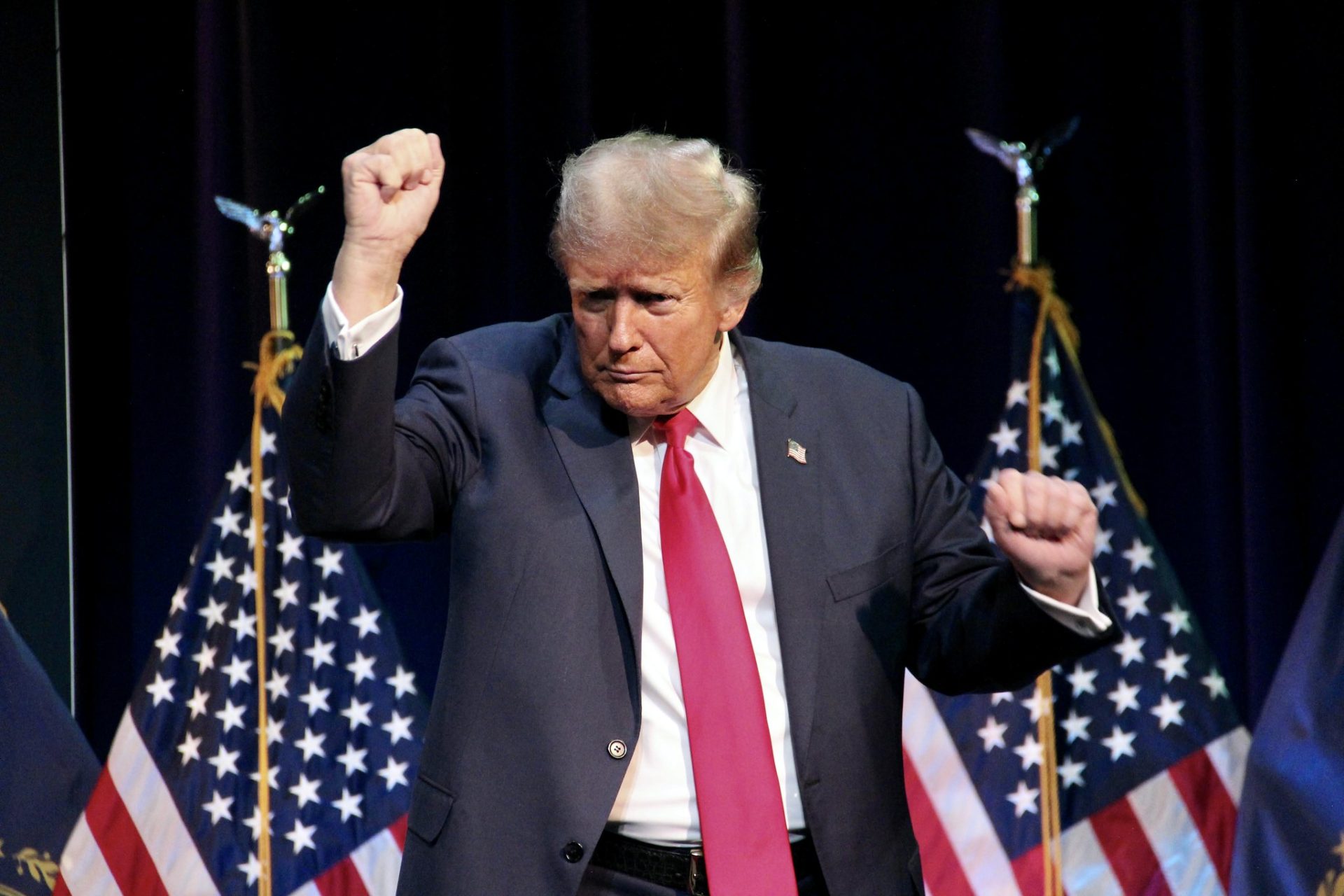
At the present, it is reflected by the growth of peculiar populist right-wing tendencies in different countries. But the laws of mechanics inform us that every action has an equal opposite reaction. And at a later stage, it will be expressed in a sharp turn to the left.
From the standpoint of the ruling class, the danger of Trump is precisely that, by appealing to the workers for his own ends, he is feeding a mood of radicalisation that sets a dangerous precedent for the future. This explains the deep feelings of fear and anger that they constantly show towards him.
The ruling class is desperate to prevent this polarisation, and put the centre together again. But all of the objective conditions militate against their success.
Rich and poor
Bill Clinton once said: “it’s the economy, stupid.” He had a point. The Wall Street Journal reported that:
“The economy was far and away the top issue for voters, with 39% citing it as “the most important issue facing the country […] More than six in 10—63%—said the economy was “not so good” or “poor.” […]
“Voters described specific pressures, including grocery bills, the price of housing and the fear of war, but many also described larger existential worries about America’s destiny.”
At the time of the previous election when Trump stood against Hillary Clinton, The Economist, which backed Clinton, admitted that:
“Mr Trump was carried to office on a tide of popular rage. This is powered partly by the fact that ordinary Americans have not shared in their country’s prosperity. In real terms median male earnings are still lower than they were in the 1970s.
“In the past 50 years, barring the expansion of the 1990s, middle-ranking households have taken longer to claw back lost income with each recession. Social mobility is too low to hold out the promise of something better. The resulting loss of self-respect is not neutralised by a few quarters of rising wages.”
Things have not changed substantially since then. The US economy is not in a healthy state. This is shown by the unprecedented levels of debt that have steadily increased under the Biden Administration. At the present time, America’s public sector debt, currently estimated at $35 trillion, or around 100 percent of GDP.
It increases by $1 trillion every three months. And it has only one way to go: and that’s up.
This is a clear indication that even the most powerful and wealthiest nation on Earth has overreached itself.
It is a situation that is ultimately unsustainable.
Isolationism
Donald Trump is not an economist. He is not a philosopher or a historian. He is not even a politician, in the sense that he has a worked out ideology and strategy. He is basically an opportunist and an empiricist in the narrowest sense of the word.
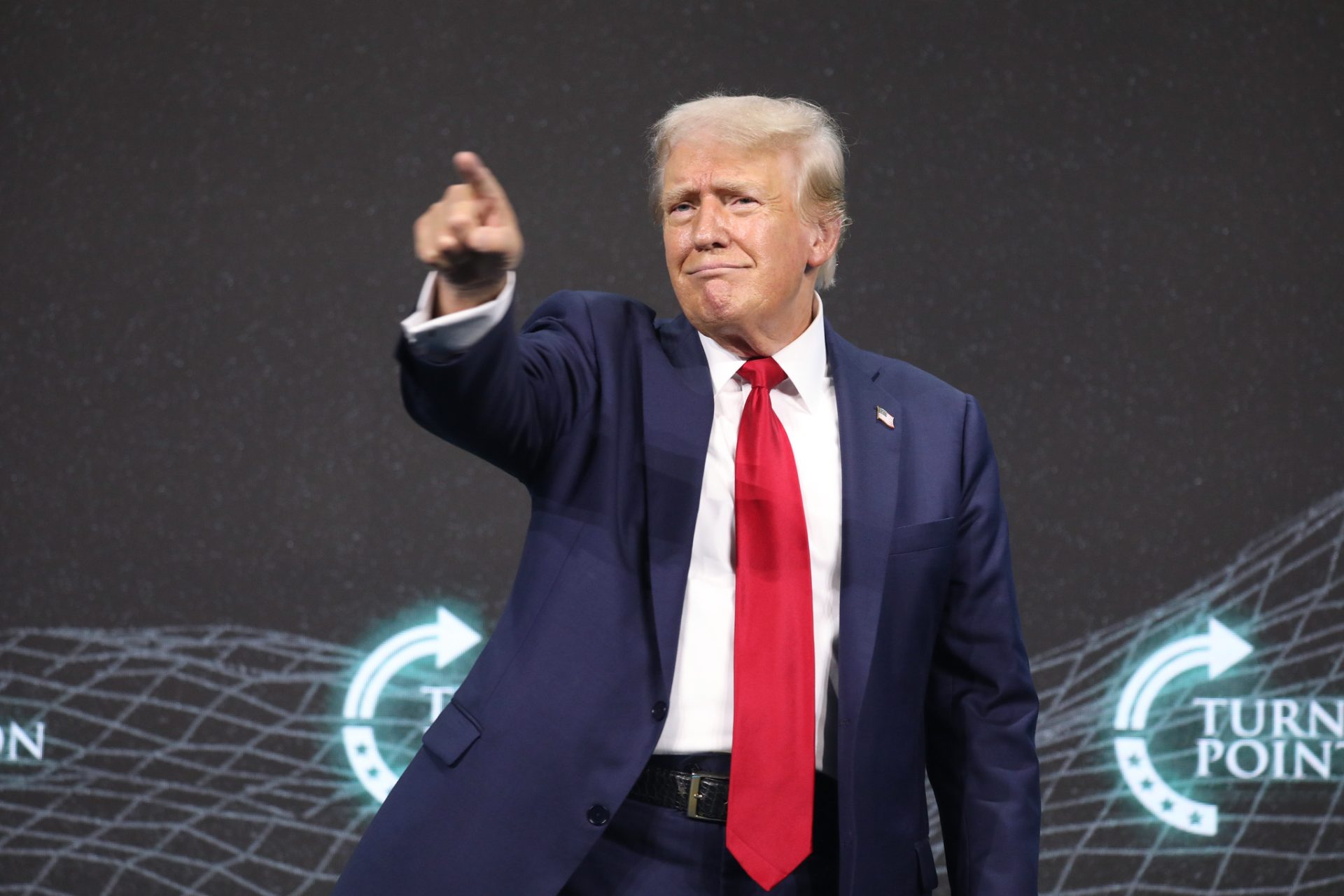
But he regards himself as a supreme tactician – a practical man, always looking for practical, short-term solutions to each and every problem that arises. He always looks for what he calls ‘a deal’.
That is to say, he has the mentality of a small-time merchant, skilled in the art of haggling in the marketplace. Such a skill is, of course, valid within certain limits. But what is valid on the market stall soon finds itself in trouble in the complicated spider’s web of international politics and diplomacy.
In essence, his inclination is towards isolationism. He is averse to any idea of America getting entangled in foreign alignments of any sort – whether that be the United Nations, the World Trade Organisation or NATO itself.
His policy can be easily summed up in the slogan ‘America first’. But this means the rest of the world comes last! And this brings many problems.
If it was up to him, America would immediately break all its links with these alien organisations, dedicating itself exclusively to its own affairs.
But however attractive this idea might be, it is completely impossible in the modern world. America’s destiny is irrevocably tied by a thousand links binding it to the rest of the terrestrial globe.
As Donald Trump found to his cost in his dealings with North Korea.
The limits of American power exposed
The world situation is dominated by enormous instability in world relations. This is the result of the struggle for world hegemony between the US, the world’s most powerful imperialist power, which is in relative decline, and China, a younger, more dynamic rising power, which is nevertheless reaching its limits.
We are witnessing a shift of tectonic proportions, and as with the movement of tectonic plates on the Earth’s crust, such movements are accompanied by explosions of all sorts.
As well as looking at the current situation, it is even more important to analyse the trajectory. After the collapse of the USSR in 1991, the US became the sole superpower in the world. Following the collapse of the Soviet Union, there was almost no opposition to the domination of US imperialism.
The situation now looks very different. US imperialism became bogged down for 15 years in two unwinnable wars in Iraq and Afghanistan, at a great cost to itself in terms of expenditure and loss of personnel.
In August 2021, they were forced into a humiliating retreat from Afghanistan.
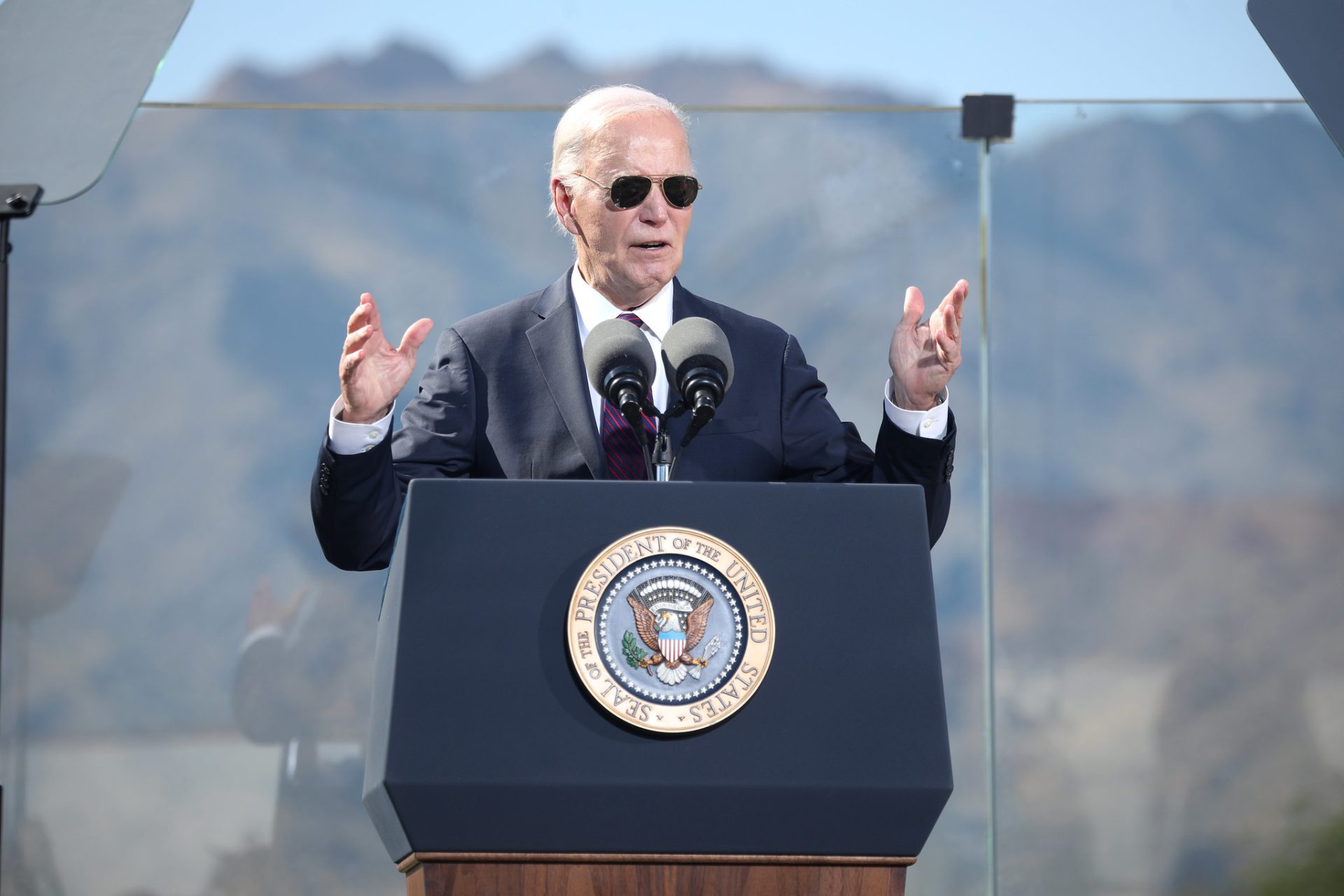
That left the US public with no appetite for foreign military adventures and the US ruling class very weary of committing ground troops abroad. US imperialism learnt nothing from the experience, however.
By refusing to admit the new balance of forces and trying to maintain their domination, they have become embroiled in a whole series of conflicts they cannot win. The Biden Administration played a particularly fatal role in this respect.
The very position of the United States as a global power with a presence everywhere in the world is itself a source of great vulnerability. The need to support its interests on a global scale imposes a colossal strain.
But the Biden Administration learned no lessons. It plunged the USA into a senseless war with Russia over Ukraine. The war in Ukraine represents an enormous drain on the resources of even the richest country in the world. America’s stock of arms has been severely depleted by the demands of Zelensky, which continue to accelerate even as the military position deteriorates.
The implementation of wide ranging economic sanctions by US imperialism against Russia has failed in its main aim of weakening its rival to the point of making it impossible to pursue the war in Ukraine.
Russia has succeeded in avoiding and overcoming sanctions, has made a series of alliances with other countries, including Saudi Arabia, India and other countries which had been previously cultivating relations with the USA.
Above all, it has been brought into much closer economic and military cooperation with China. Biden achieved the very opposite of what was intended. He then made an even bigger mess in the Middle East by giving Netanyahu what amounted to a blank cheque, which he has been cashing in ever since.
As a result, new conflicts and wars are erupting all the time.
A Russian victory in Ukraine will send shock waves all over the world. It clearly exposes the limitations of American imperialism, which is no longer able to impose its will.
Furthermore, Russia will emerge from it with a large army, tested in the latest methods and techniques of modern warfare. This is causing a wave of panic in European governments, who are terrified that the new Trump Administration will abandon Ukraine to its fate, leaving the Europeans to pay the bill, and will even raise the question of withdrawing from NATO.
The new crises and wars represent an insoluble problem, not only for the USA, but for its European allies, who all find themselves in a similar position. It seems inevitable that Trump will wish to disengage from the hopeless mess in Ukraine, for which he correctly holds Biden responsible.
Whether or not he will order the withdrawal of the US from NATO is not clear. But what is beyond doubt is that he will wish to pass the bill for all these things on to his ‘friends’ in London, Paris and Berlin – thus aggravating further the already serious problems of European capitalism.
Parallels with the Roman empire
Has the time come for US imperialism to enter the downward slope which dragged imperial Rome into the dust? Time will tell.
There is a struggle for the redivision of the world ongoing between different competing imperialist powers, mainly between the US, the old hegemon, now in relative decline, and China, the new rising dynamic power challenging it on the international arena.
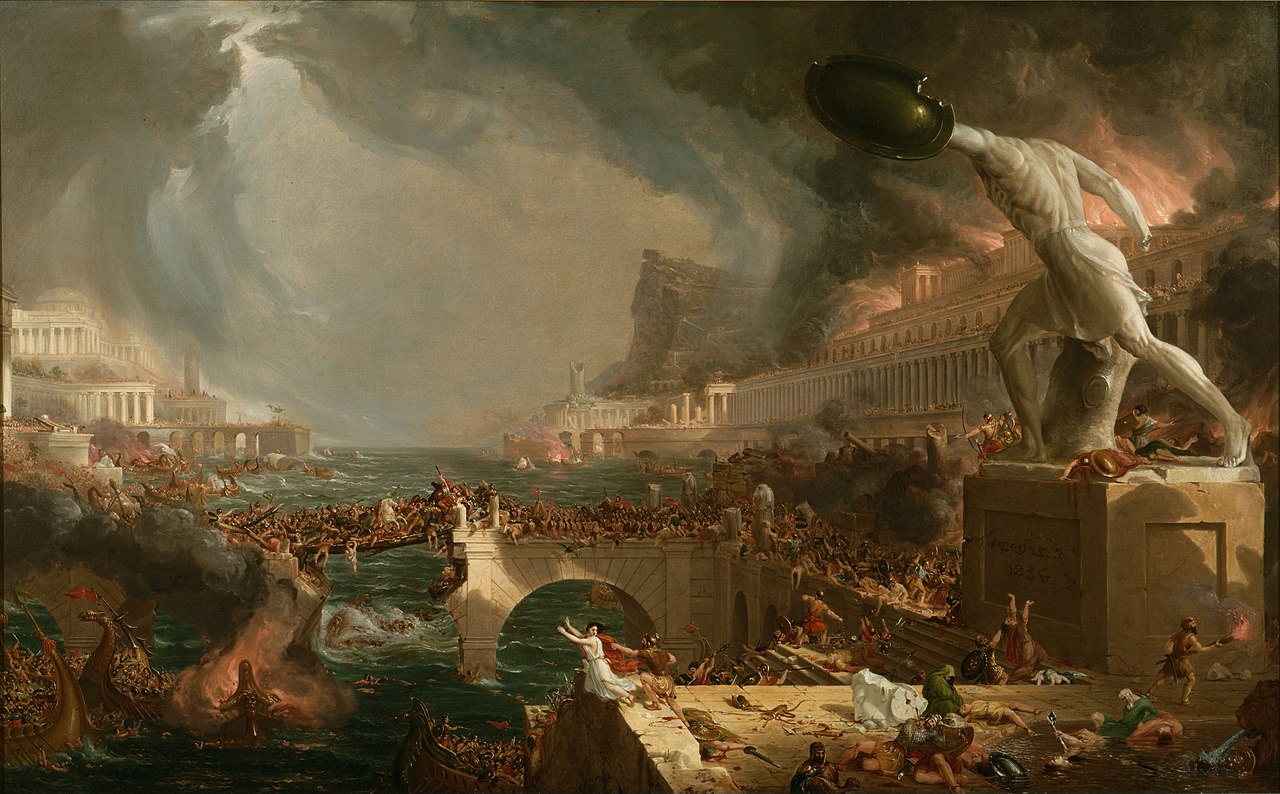
Trump is well-known to be antagonistic to China, which he considers to pose the most serious threat to the USA. He has made no secret of his intention to impose crippling tariffs on Chinese imports, which will seriously damage the fabric of world trade, threatening the whole delicate edifice of globalisation, and bringing the world economy to the brink of a deep slump.
However, it is not at all clear that he will be in favour of a war with China, which is both economically and militarily a very formidable power.
It would be possible to write an interesting study comparing the present crisis of American imperialism with the decline and fall of the Roman Empire.
It is true that many different elements were involved in that long and inglorious decline. But one of the most important was the fact the Empire had overreached itself. It reached its limits and was unable to sustain the colossal burden imposed by maintaining its imperial rule. The end result was a complete collapse.
The relative decline of American imperialism has been evident for some time.
In the years after the Second World War, the US produced 43 percent of the world’s manufactured goods, 57 percent of the world’s steel, and 80 percent of the world’s cars.
The US share of world trade in manufactured goods had increased from 10 percent in 1933 to 29 percent in 1953. Between 1946 and 1973, real household income increased by 74 percent.
Manufacturing jobs, which accounted for 39 percent of American jobs in 1943, fell to just around 8 percent by the 2010s. A 2020 report from the Bureau of Labor Statistics noted that since 1979, manufacturing employment “fell during each of five recessions, and in each case, employment never fully recovered to pre-recession levels.”
Union membership fell from a peak of one-third of the workforce in the 1950s to just 11 percent by 2016.
In Capitalism in America: An Economic History of the United States, Alan Greenspan and Adrian Wooldrige explain:
“From 1900 to 1973, real wages in the United States had grown at an annual rate of about 2%. Compounded over the years, that meant that average pay (and by implication average living standard) doubled every 35 years. In 1973, this trend came to an end and the average real wages of what the US Bureau of Labor Statistics calls production and nonsupervisory workers began to decline. By the middle of the 1990s, the average hourly real wage of a production worker was less than 85% of what it had been in 1973.”
A 2018 Pew Research Center report confirms this: “For most US workers, real wages have barely budged in decades.” And as a 2023 report from the Department of the Treasury explains:
“Intergenerational economic mobility has also declined—90% of children born in the 1940s earned more than their parents did at age 30, while only half of children born in the mid-1980s did the same.”
Here we see the main factor underpinning the festering anger and resentment against the American ruling class.
In 2019, there were already signs of a recession on the horizon, but Trump successfully scapegoated the COVID-19 pandemic when the economy collapsed.
The burdens imposed by America’s involvement in foreign wars such as Ukraine and the Middle East signifies a tremendous drain, which even the most powerful and wealthiest nation cannot sustain indefinitely.
Colossal military expenditure has been a main contributory factor in the enormous debt that is hanging menacingly over the American economy. From that point of view, Trump’s obvious reluctance to get involved in international affairs contains a certain logic, although it causes nervous attacks in London, Berlin, Kiev and Jerusalem.
What now?
The recent events bear witness to a fundamental change in the psychology of the American public. All the institutions of bourgeois democracy were based on the assumption that the gulf between rich and poor could be disguised and contained within manageable limits. But that is no longer the case.
That is precisely the reason for the collapse of the political centre. People no longer believe what they’re told by the newspapers and the TV, they compare the huge difference between what is said and what happens, and they realise we’re being sold a pack of lies.

This wasn’t always the case. In the past, most people didn’t pay much attention to politics, which went for workers also. Conversations in the workplaces were usually about football, movies, television programmes. Politics was rarely mentioned, except maybe at election time.
Now, all that has changed. The masses are beginning to take an interest in politics, because they’re beginning to realise this directly affects their lives, and the lives of their families.
By supporting Trump, millions of people are saying: “anything and anybody is better than this. We can do no worse. Let us roll the dice!” Now they have decided to roll the dice one more time. But it may well be the last time.
Donald Trump is now an old man and constitutionally it is ruled out that he could ever stand again for president after his second term. We are assuming that he will enter the White House again in January 2025. Nothing can stop him – nothing, that is, short of an assassin’s bullet. And that cannot be ruled out, given the hysterical reaction of the ruling class.
There is no shortage of combustible material in American society. And there is no shortage of mentally unstable individuals armed with very effective modern weapons.
But assuming that Trump is finally installed as president, what can be expected? He will face colossal challenges in many fields: the economy, the war in Ukraine and the Middle East, relations with China and Iran, and many other issues.
Typically, he has made big promises about making America great again. But there is no evidence that he will be able to deliver on any of them. The American workers who place their confidence in him will find themselves sorely disappointed.
In 1940, when the German army entered Paris, there was an interesting conversation between a German officer and a French officer. The German was naturally puffed up with arrogance. But the French officer said simply: “the wheel of history has turned. It will turn again.” And it did.
The wheel of history is turning in the USA, and it will turn again. Once the masses have fully explored the potential of Trumpism and realised its limitations, they will turn in a different direction. The way will be prepared for a massive swing of the pendulum to the left.
A new and turbulent chapter in American history is about to be written.

